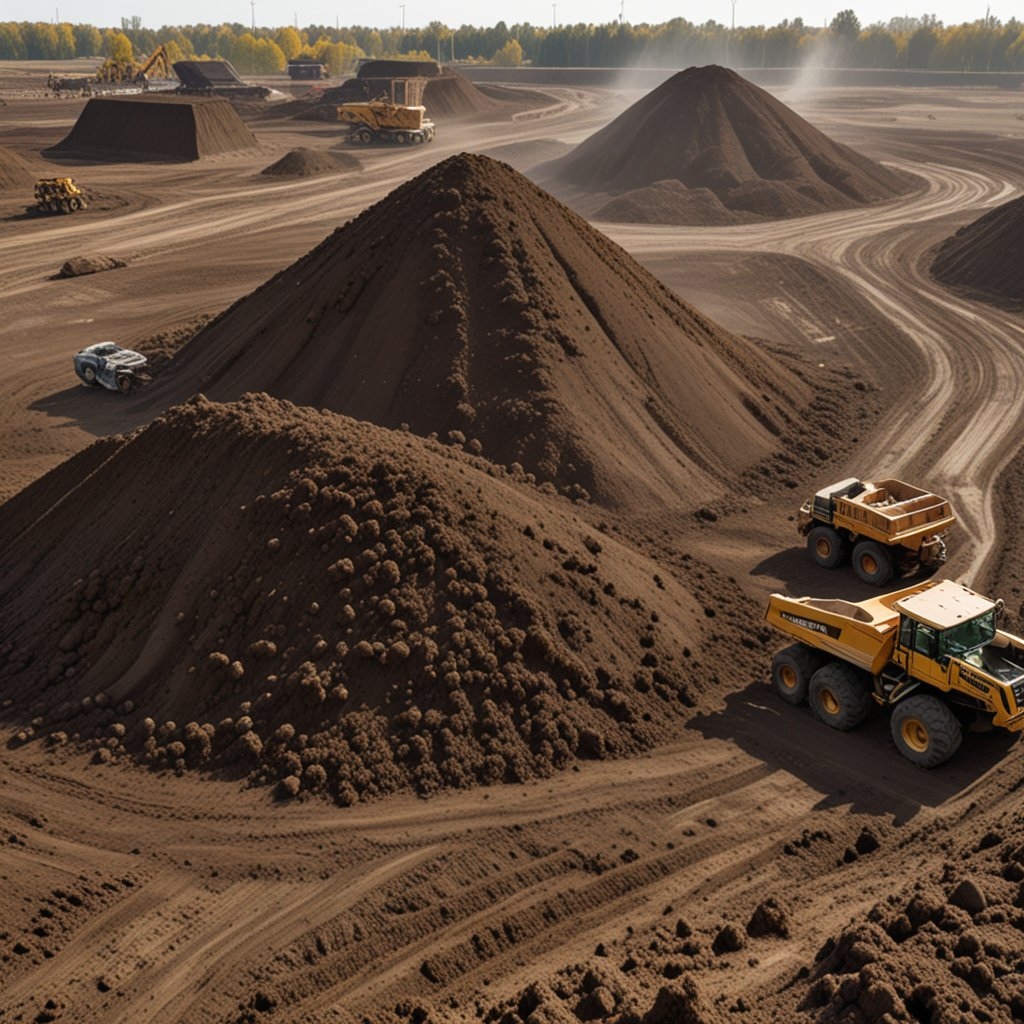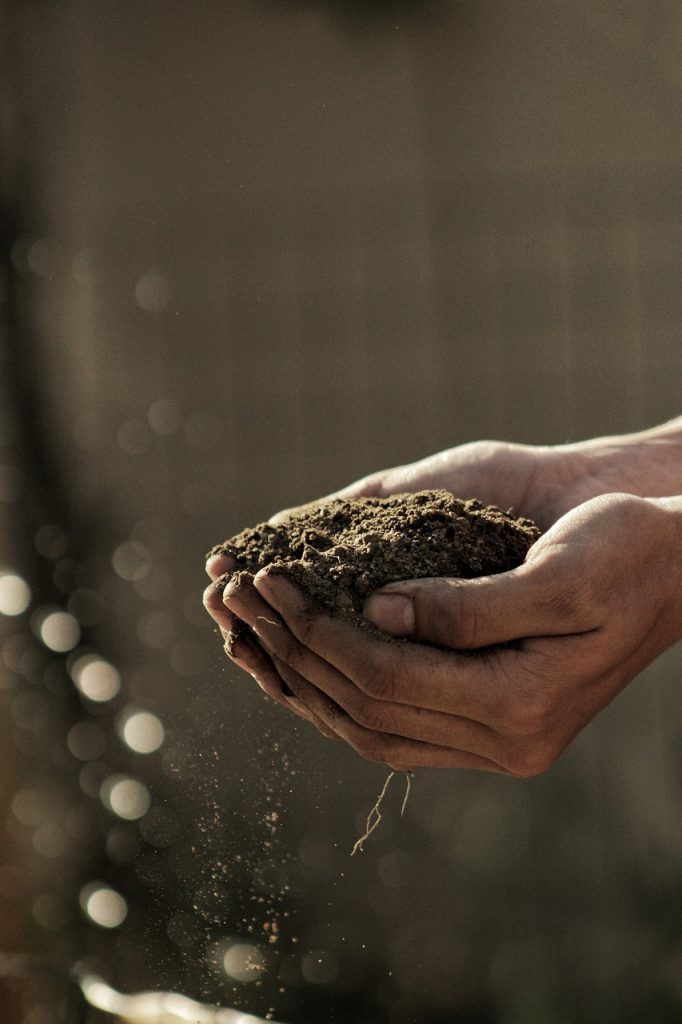A flourishing raised bed garden begins not with the seeds, but with the soil. The quality of your soil for raised beds is the single most critical factor for a bountiful harvest, providing the essential nutrients, water, and air your plants need to thrive. This guide will walk you through selecting and calculating the right amount of soil, ensuring your raised beds are set up for success from the ground up.
The Importance of Soil Selection
Raised beds offer the unique advantage of creating the perfect growing environment, and the soil is the cornerstone of that environment. Unlike in-ground gardening, where you’re often working with the native soil, raised beds give you complete control. The right soil provides a balanced ecosystem for plant roots, fostering beneficial microbial activity that breaks down organic matter and makes nutrients readily available.

A high-quality soil mix will be:
Nutrient-Rich: Packed with essential elements like nitrogen, phosphorus, and potassium to support vigorous growth and abundant yields.
Well-Draining: A loamy texture, a balanced mix of sand, silt, and clay, allows excess water to drain away, preventing root rot, while still retaining enough moisture to keep plants hydrated.
Full of Organic Matter: Compost and other organic materials improve soil structure, water retention, and nutrient availability, feeding the beneficial microorganisms that are vital for a healthy garden.
The Basics of Soil Volume Calculation
Before you can fill your raised beds with this ideal growing medium, you need to know how much you’ll need. This is where a little math comes in handy.
What is a Soil Volume Calculator?
A soil volume calculator is a tool designed to help you determine the amount of soil required to fill a space of any dimension. By inputting the length, width, and depth of your raised bed, the calculator computes the total volume, usually in cubic feet or cubic yards. This takes the guesswork out of purchasing soil, ensuring you buy the right amount and avoid waste and extra cost.
How to Measure Cubic Feet for Soil
Calculating the volume of your raised bed is a straightforward process. The basic formula for a rectangular or square bed is:
Length (in feet) x Width (in feet) x Depth (in feet) = Volume in Cubic Feet (ft3)
For example, a raised bed that is 8 feet long, 4 feet wide, and 1 foot deep would require 32 cubic feet of soil (8 x 4 x 1 = 32 ft3).
For circular beds, the formula is:
π (pi, or approximately 3.14) x Radius (in feet)2 x Depth (in feet) = Volume in Cubic Feet (ft3)
If your bed has an irregular shape, you can divide it into smaller, regular shapes (like rectangles and squares), calculate the volume of each, and then add them together.
Using a Soil Raised Bed Calculator
For those who prefer to skip the manual calculations, numerous online soil calculators are available. To use one, you will typically need to:
- Select the shape of your raised bed (e.g., rectangle, circle).
- Enter the dimensions (length, width, and depth). Be sure to note whether the calculator requires inches or feet.
- Calculate to get your total soil volume. Many calculators will provide the result in both cubic feet and cubic yards.
How Much Soil Do I Need for My Raised Bed?
A step-by-step guide to calculating your soil needs:
- Measure your bed: Use a tape measure to determine the length, width, and desired soil depth of your raised bed in feet. If you measure in inches, remember to divide by 12 to convert to feet.
- Calculate the volume: Multiply the three measurements together to find the volume in cubic feet.
- Convert to cubic yards (if necessary): Since bulk soil is often sold by the cubic yard, you may need to convert your total. There are 27 cubic feet in one cubic yard. To convert, divide your total cubic feet by 27.
Different Types of Soil for Raised Beds
Understanding the different types of soil available is key to creating a healthy environment for your plants.
Organic vs. Inorganic Soils

Soil amendments are categorized as either organic or inorganic. Organic amendments come from previously living materials and include compost, manure, peat moss, and wood chips. These improve soil structure, aeration, and water and nutrient-holding capacity over time.
Inorganic amendments are mined or man-made materials like perlite, vermiculite, and sand. These are primarily used to improve drainage and aeration.
For raised beds, a mix rich in organic matter is generally preferred for its nutrient content and ability to support a thriving soil ecosystem.
Ideal Soil Mix for Raised Garden Beds
While you can purchase pre-made raised bed soil mixes, creating your own is often more cost-effective and allows for customization. A widely recommended and effective recipe is “Mel’s Mix,” which consists of equal parts:
- Compost: Provides a rich source of nutrients and beneficial microorganisms.
- Peat Moss or Coconut Coir: Help to retain moisture and keep the soil light and airy.
- Vermiculite or Perlite: Improve aeration and drainage, preventing soil compaction.
Another popular and simpler mix for those with access to good quality native soil is a blend of:
- 60% Topsoil: Provides the mineral base and structure.
- 30% Compost: Adds essential organic matter and nutrients.
- 10% Potting Mix (soilless growing medium): Improves drainage and aeration.
If you have heavy clay soil, incorporating it into your mix can provide beneficial minerals and structure. A 50/50 mix of clay soil and municipal compost can be a very effective and economical option.
FAQs
Here are answers to some common questions about filling your raised beds:
How Many Bags of Soil Are in a Cubic Foot?
The number of bags per cubic foot depends on the size of the bag. A standard bag of soil from a nursery or home improvement store is typically 1 cubic foot. Therefore, you would need one bag for each cubic foot of soil required.
How Much Soil for a 4×8 Raised Bed?
To calculate the soil needed for a 4×8 raised bed, you’ll need to decide on the depth. For a bed with a depth of 12 inches (1 foot):
- Length: 8 feet
- Width: 4 feet
- Depth: 1 foot
Calculation: 8 ft x 4 ft x 1 ft = 32 cubic feet of soil.
If you were to fill it to a depth of 8 inches (0.67 feet), you would need approximately 21.4 cubic feet (4 x 8 x 0.67).
How Do I Figure Out How Much Dirt I Need for Leveling?
To calculate the amount of fill dirt needed to level an area, you follow a similar volume calculation:
- Measure the length and width of the area you need to level.
- Determine the average depth you need to fill. This may require taking several measurements across the area and averaging them.
- Use the formula: Length (ft) x Width (ft) x Average Depth (ft) = Volume of fill dirt needed in cubic feet.
For example, to add a 2-inch (0.167 feet) layer of soil to a 100 square foot area, you would need approximately 16.7 cubic feet of soil (100 x 0.167).

